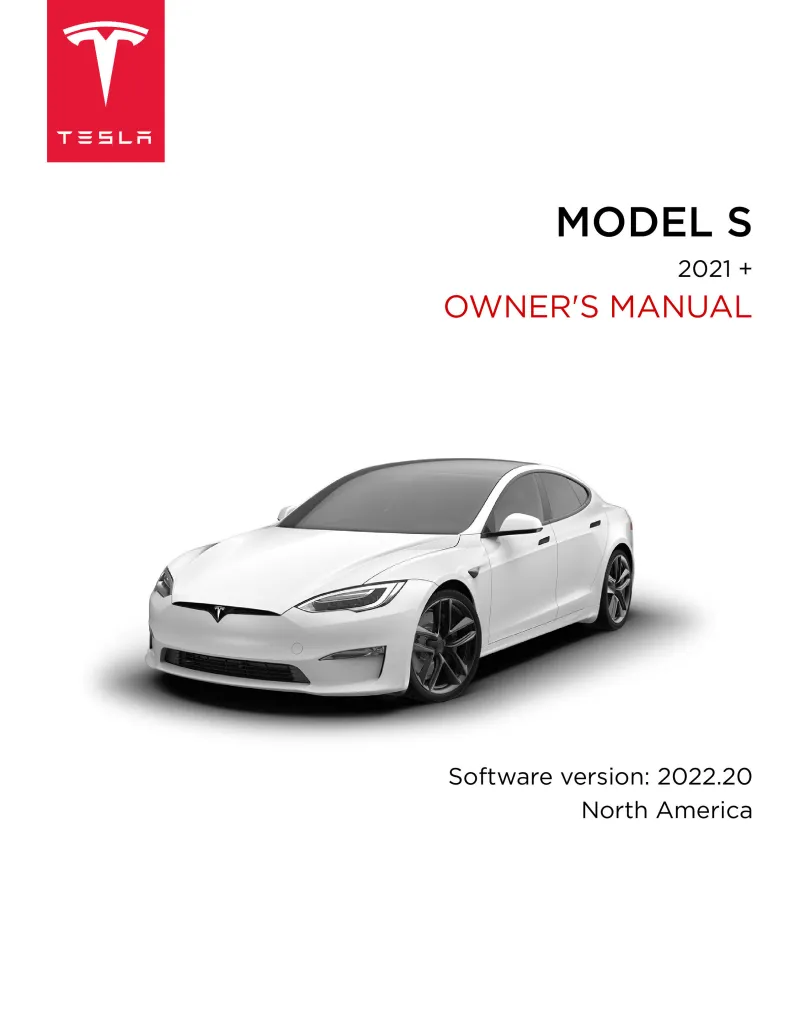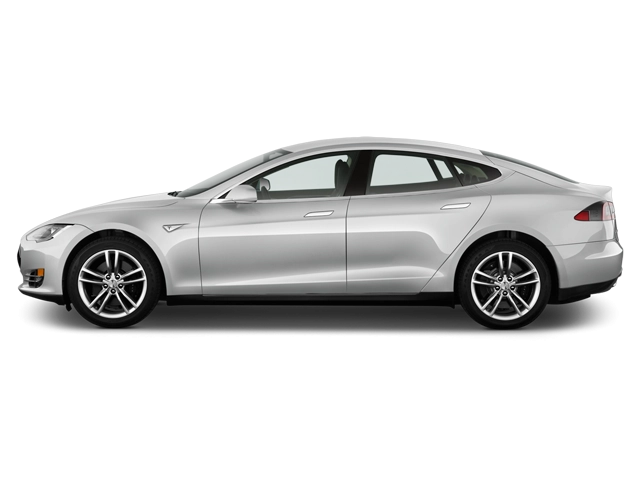2022 Tesla Model S Owner's Manual

Table of Contents
2022 Tesla Model S Overview
Introduction
The 2022 Tesla Model S stands as a pinnacle of electric vehicle engineering, merging cutting-edge technology with exquisite design. This flagship sedan offers a sustainable driving option without sacrificing performance or luxury. With an extended range, quick acceleration, and high-tech features, the Model S continues to redefine what is possible in the electric vehicle segment.
Powertrains
The 2022 Model S comes equipped with powerful dual or tri-motor all-wheel drive configurations, delivering exhilarating performance. The Long Range variant boasts an impressive 405 miles on a single charge, while the Plaid version sprints from 0 to 60 mph in just 1.99 seconds, placing it among the fastest production cars globally. Both powertrains capitalize on Tesla's industry-leading battery technology, ensuring longevity and efficiency.
Trims
The 2022 Model S is available in two main trims: Long Range and Plaid. The Long Range trim emphasizes endurance, providing an unparalleled driving distance with rapid charging capabilities. Conversely, the Plaid trim is engineered for performance enthusiasts, offering unmatched speed and agility, complemented by advanced aerodynamic design elements that enhance both stability and efficiency.
Features
Inside, the Model S is a masterclass in modern automobile design, featuring a minimalist interior with a 17-inch touchscreen at the center. The highly customizable interface allows access to navigation, entertainment, and vehicle controls. Other luxury features include premium sound systems, leather seating, and the innovative Autopilot, assisting drivers with semi-autonomous driving capabilities. Safety is paramount, as the Model S also garners high safety ratings thanks to its robust build and suite of advanced safety technologies.
Owners Manual
The 2022 Tesla Model S owners manual is a comprehensive guide that covers all aspects of vehicle operation, maintenance, and troubleshooting. It includes important details on vehicle setup, software updates, feature usage, and safety precautions, enabling owners to take full advantage of their advanced vehicle. Accessing the manual is straightforward, with digital formats available for convenient reference.
User manual download
The Tesla Model S owner manual for the 2022 model year is to be found in PDF downloadable format on this page. The owner manual for the model year 2022 is free and in English, but the repair manuals are usually not easy to get and may cost more.
Manual Questions
Fill the form below and someone will help you!

